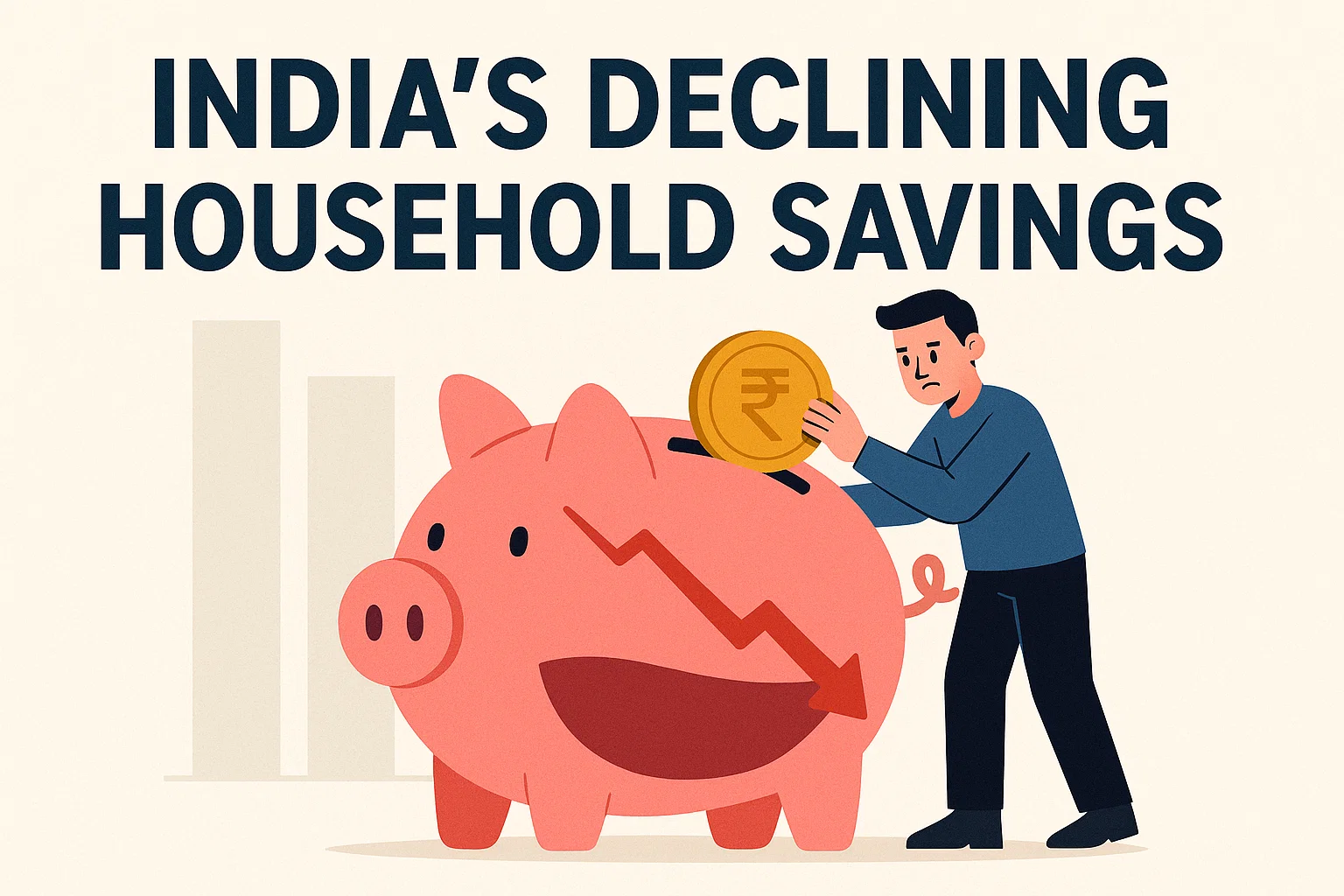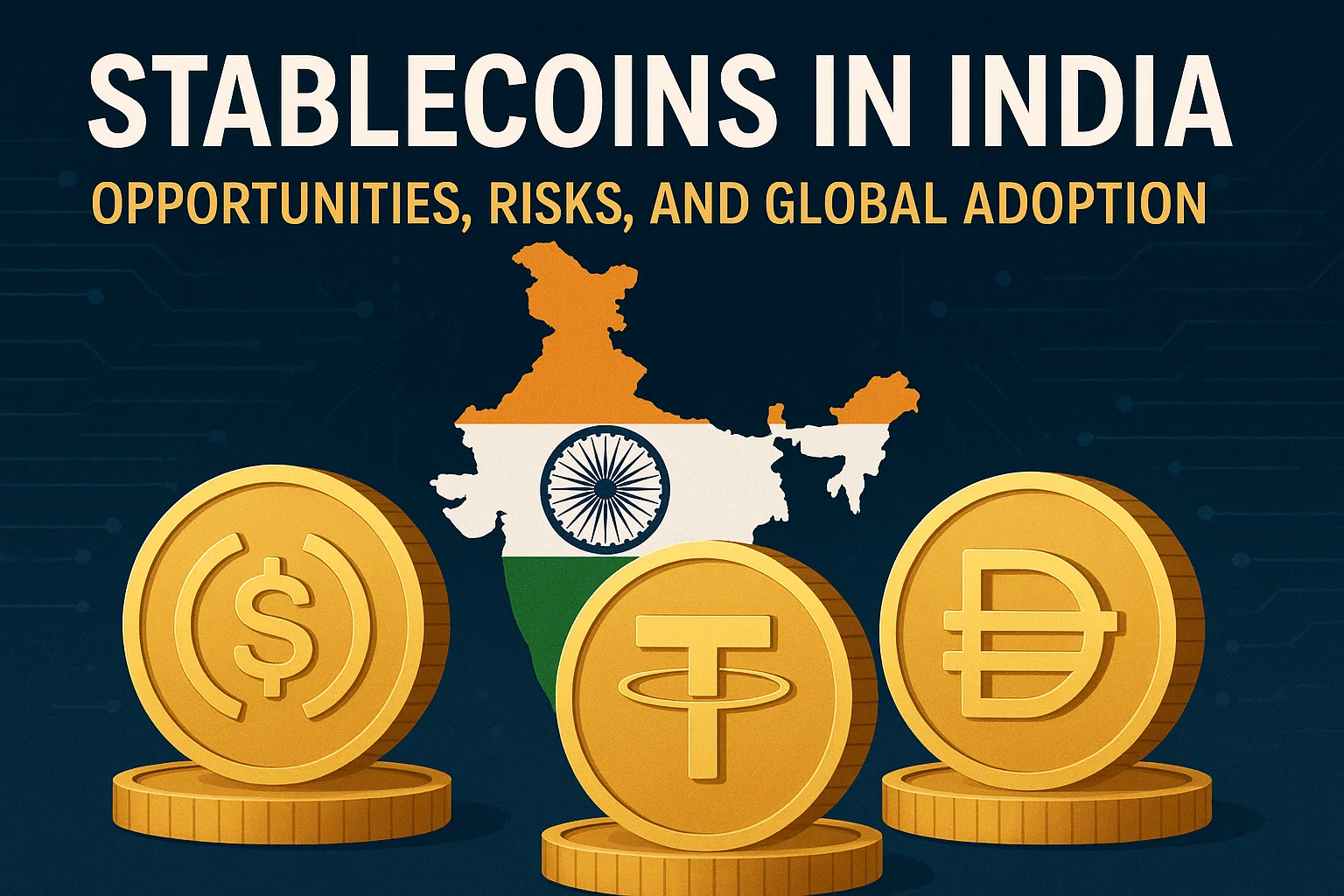Font size:
Print
Hunger and Malnutrition in India
The ingredient to turn around nutrition outcomes
Context: India’s ambitious free foodgrain programme, targeting 800 million people, underscores a harsh reality: hunger and malnutrition continue to haunt the nation.
More on News
- While the scale of such efforts reflects the government’s commitment to food security, they have yet to address a crucial, often neglected demographic — women and girls.
- Despite decades of economic progress and welfare schemes, India’s nutrition crisis remains deeply gendered.
POSHAN Abhiyaan: Ambition Meets Inequity
- Launched in 2018, the Prime Minister’s Overarching Scheme for Holistic Nourishment (POSHAN) Abhiyaan aimed for a malnutrition-free India by 2022.
- Its focus was commendable — improving nutrition among pregnant women, lactating mothers, adolescent girls, and children. However, stark gender disparities in nutrition remain.
- The National Family Health Survey (NFHS-5) reveals a grim picture:
- 57% of women aged 15–49 are anaemic, compared to just 26% of men.
- Nearly one in five women is underweight.
- These figures suggest more than just individual health failures — they indicate structural flaws in how nutrition is addressed and distributed.
Budget Without Impact
- In 2022–23, the Ministry of Women and Child Development allocated nearly ₹24,000 crore for Saksham Anganwadi and Poshan 2.0. Yet, by December 2022, only 69% of the funds were utilised.
- More troublingly, the prevalence of anaemia in women increased from 53% to 57% between NFHS-4 and NFHS-5, and about 18.7% of women remained underweight.
- This disconnect between resource allocation and outcomes highlights that funding alone is not enough. In many Indian households, especially among the poor, women eat last and least.
- Cultural norms often subordinate women’s nutrition to that of men and children. Malnutrition, therefore, is not merely a biomedical or logistical issue — it is fundamentally a social justice issue.
The Economics of Empowerment
- Women’s nutritional deprivation is closely tied to their lack of economic and decision-making power. NFHS-5 data shows that 49% of women lack autonomy over how their earnings are spent. This dependence often leads to compromised nutrition.
- Research supports the idea that financial empowerment improves nutrition.
- Nobel laureate Esther Duflo found that when women control additional income, they are more likely to invest in their family’s health and nutrition.
- Studies in low-income Indian communities confirm that even modest financial independence helps women avoid undernutrition.
- However, the picture of women’s employment in India is far from encouraging. While female labour force participation has risen from 23% in 2017–18 to about 33% in 2021–22, most of these jobs are low-paying and insecure:
- Only 5% of employed women hold regular salaried positions.
- 20% are self-employed, often in informal, small-scale work.
- Self-employed women earn 53% less than men doing similar work.
- Thus, employment hasn’t translated into empowerment or improved nutrition for most women.
Rethinking POSHAN: Integration Over Isolation
- If POSHAN 2.0 is to succeed in eliminating undernutrition, it must shift from a nutrition-only lens to a holistic, integrated approach. Key steps include:
- Set measurable empowerment goals: Track not just anaemia or stunting rates, but also the proportion of women with independent incomes and decision-making authority.
- Break silos between departments: Foster collaboration between nutrition, health, and livelihood programmes, especially in high-malnutrition districts.
- Transform Anganwadis into empowerment hubs: Use them not just to distribute food and supplements, but also to connect women with skill training, credit schemes, and job opportunities. They can serve as one-stop centers for meals, antenatal care, and financial literacy workshops.
Beyond Beneficiaries: Women as Change-Makers
- To truly address malnutrition, women must be seen not as passive recipients of aid but as active drivers of their families’ and communities’ well-being.
- As long as women remain economically and socially disempowered, nutrition programmes like POSHAN will have limited real-world impact.
- Awareness campaigns alone cannot feed the hungry — the power to act on that awareness must follow.
- A malnutrition-free India is achievable. But it will require recognising that nutrition is inseparable from gender equality, and empowerment is as vital as supplementation.


